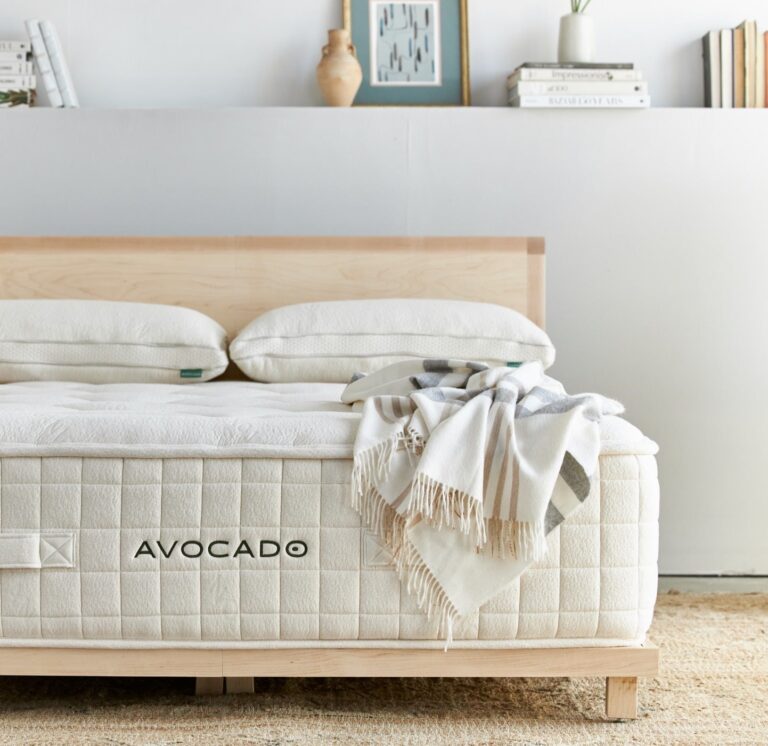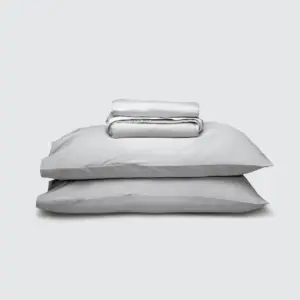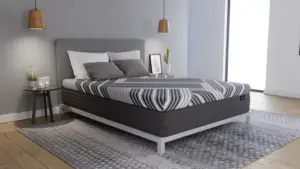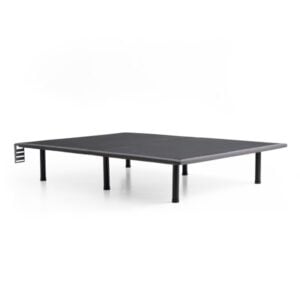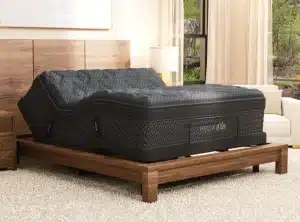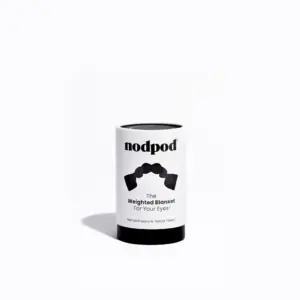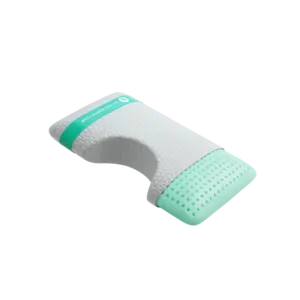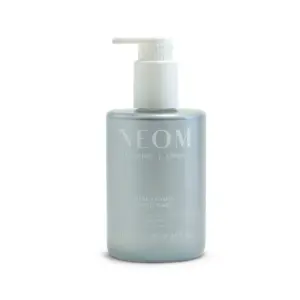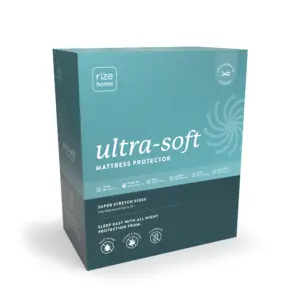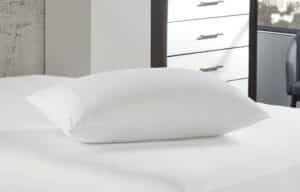Sustainable Bedding 101: Top Picks for a Healthier Sleep
The Path to Sustainable Bedding Bliss
When you think about sustainable bedding, the choices may seem overwhelming at first. However, opting for eco-friendly sheets can be simple and highly rewarding for both your health and the environment. Sustainable bedding not only enhances your sleep experience but also contributes to a healthier planet. Here’s a quick overview of what makes bedding sustainable:
Eco-Friendly and Organic Materials: Seek out bedding made from organic cotton, linen, bamboo, or Tencel for a greener choice.
Non-Toxic and Chemical-Free: Ensure your bedding is free from harmful chemicals and dyes to safeguard your health.
Certifications: Look for reputable certifications like GOTS, OEKO-TEX, and Fair Trade to confirm the sustainability of your purchases.
By choosing sustainable bedding, you’re embracing comfort and durability while making a positive impact on our planet and your well-being.
I’m Ben Trapskin, founder of Yawnder, and I’m dedicated to guiding you through the maze of sustainable bedding options. With extensive experience in sleep research and a passion for eco-friendly practices, I am here to equip you with insights to help you make informed choices for a revitalizing night’s sleep and a healthier world.
Why Choose Sustainable Bedding?
Choosing sustainable bedding is more than just a trend—it reflects a lifestyle choice that benefits you and the environment. Let’s delve into some of the significant advantages of opting for sustainable materials.
Benefits of Sustainable Bedding
– Better Sleep Quality: Sustainable materials like organic cotton, linen, and Tencel are naturally breathable and moisture-wicking. They help to regulate your body temperature, creating a more comfortable sleep environment.
– Reduced Carbon Footprint: Eco-friendly bedding requires significantly less water and energy to produce. For example, organic cotton farming uses far less water than conventional cotton farming, making it a more sustainable choice.
– Chemical-Free: Organic bedding is free from harmful chemicals and pesticides. This ensures that you’re not inhaling toxic substances while you sleep.
– Hypoallergenic Properties: Natural materials such as organic cotton, bamboo, and wool are hypoallergenic, making them suitable for individuals with sensitive skin or allergies.
Types of Sustainable Fabrics
Understanding the benefits of various sustainable fabrics can help you make informed choices for your bedding needs. Here’s a rundown:
– Organic Cotton: A common choice in sustainable bedding, organic cotton is grown without synthetic pesticides or fertilizers. It’s soft, breathable, and incredibly durable.
– Linen: Made from the flax plant, linen is naturally cool and breathable. It’s also hypoallergenic and antibacterial, making it perfect for hot sleepers.
– Hemp: Known for its sustainability, hemp grows rapidly and requires minimal water. Often blended with cotton, it creates a soft and durable fabric that’s absorbent and odor-resistant.
– Tencel: Derived from wood pulp, Tencel is a semi-synthetic fabric celebrated for its silky texture. It’s moisture-wicking, wrinkle-resistant, and produced through eco-friendly processes.
– Bamboo: As a fast-growing resource, bamboo bedding is hypoallergenic and excellent at moisture management, catering to sensitive skin types.
– Wool: Naturally insulating and moisture-wicking, wool is biodegradable and can be sustainably sourced.
– Eucalyptus: This fiber creates soft, breathable bedding and is effective at moisture control, making it a favorite for those seeking comfort and sustainability.
By selecting sustainable bedding crafted from these materials, you’re not just investing in your comfort; you’re fostering a healthier sleep environment and contributing to the planet’s well-being.
How to Choose the Best Sustainable Bedding
Finding the best sustainable bedding requires careful consideration of several factors, including comfort, certifications, material preferences, and budget. Here is a straightforward guide to help you make the right choice.
Certifications to Look For
Certifications ensure that your bedding stands true to its sustainable claims. Key certifications include:
– GOTS (Global Organic Textile Standard): Guarantees that the fabric is at least 95% organic and complies with strict environmental and social criteria.
– OEKO-TEX: Tests for harmful substances to ensure the product is safe for human use.
– GreenGuard: Certifies products with low chemical emissions to improve indoor air quality.
– Fair Trade: Ensures fair wages and good working conditions for workers.
– MADE SAFE: Verifies that products are made without harmful chemicals.
These certifications enhance your confidence that the bedding you’re purchasing is genuinely sustainable and safe for you and the environment.
Material Preferences
Each material offers unique benefits. Here’s a brief overview:
– Organic Cotton: Soft, breathable, and hypoallergenic, making it a versatile option.
– Linen: Exceptionally durable and ideal for warm climates.
– Hemp: Resilient and soft, often blended with cotton for improved comfort.
– Tencel: Silky-smooth and excellent for those with sensitive skin.
– Bamboo: Efficient in temperature regulation, ideal for those who tend to sleep hot.
– Wool: Provides insulation and moisture control, making it suitable for colder climates.
Choose materials that align with your comfort needs and climate preferences.
Budget Considerations
When it comes to sustainable bedding, costs can vary widely, ranging from affordable to luxurious options. Here’s how to navigate pricing:
– Affordable Options: High-quality organic cotton sheets can offer comfort without emptying your wallet.
– Luxury Options: For a more lavish experience, consider premium bamboo and linen varieties.
– Long-term Investment: While sustainable bedding often costs more upfront, its durability and health benefits make it a smart long-term choice.
By balancing your budget with your preferences, you can find sustainable bedding that meets your needs without compromise.
Frequently Asked Questions about Sustainable Bedding
What is the most sustainable bedding material?
Organic linen and organic hemp come out on top. Both materials have low environmental impacts, requiring minimal water and no synthetic fertilizers.
What is the healthiest bedding material?
Natural fibers like certified organic cotton, linen, silk, and wool rank as the healthiest. They are free of harmful pesticides and chemicals.
Is bamboo bedding ethical?
Bamboo can be ethical, particularly if produced through responsible methods like the lyocell or linen bamboo processes. Always check for certifications to ensure ethical production.
Conclusion
At Yawnder, we believe that a good night’s sleep shouldn’t compromise our planet. Our focus is to identify the best eco-friendly sleep products to help you achieve a healthier sleep experience while being mindful of the environment.
Choosing sustainable bedding is more than just participating in a trend; it’s a commitment to a healthier future. By selecting sheets and blankets made from organic cotton, linen, bamboo, and other natural fibers, you’re positively impacting both your health and the planet.
Start your journey towards a better, greener sleep experience today by exploring our curated sustainable bedding collection. By choosing Yawnder, you’re investing not only in high-quality bedding but also in a more sustainable future. Sweet dreams await!

